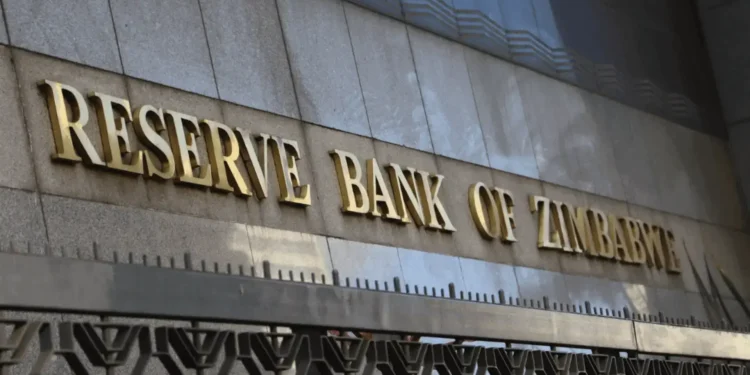The new Zimbabwe’s gold-backed currency started trading on the country’s stock exchange on Monday. This comes a few days after the launch of a new currency, the Zimbabwe Gold (ZiG), by the Reserve Bank of Zimbabwe (RBZ).
On Monday, the Zimbabwe Stock Exchange (ZSE) announced that all trading prices will be denominated in ZiG. Thus, the opening prices for ZSE’ trading session will reflect the new currency effective April 8.
All ZSE indices were also re-based to 100 basis points, according to a statement by Justin Bgoni on behalf of ZSE. The rebasing allows the indices to accurately reflect the market’s performance based on the new currency.
ZiG’s introduction is the latest attempt by the country to create a credible currency and foster economic stability. As Zimbabwe encountered one of the world’s greatest hyperinflation, the central bank introduced a 100-trillion-dollar note in 2008. Since then, the country has introduced gold-backed digital currency and bond notes that have been used alongside foreign currencies.
Read More: 10 Largest Economies in Africa by GDP
In 2019, the country introduced the Zimbabwe dollar (ZW$) alongside foreign currencies in 2020. However, the value of ZW$ witnessed a rapid depreciation against the US dollar. The termination came as it exchanged at 30,671 per 1 USD.
RBZ’s governor John Mushayavanhu, termed ZIG a structured currency backed by a set of precious metals (including gold) and foreign currency. According to the governor, RBZ has reserves of US$100 million and 2,522 kgs of gold to back the new currency.
Zimbabwe has been a dollarized economy. The introduction of the ZIG is part of a string of continuous efforts to de-dollarize the economy. However, a question arises whether the public would trust the new currency.
Strategic economic and political reforms are necessary to restore trust and confidence in ZiG’s stability, as well as RBZ’s credibility. Zimbabwe’s government must tackle the endless corruption to address the economic instability.




